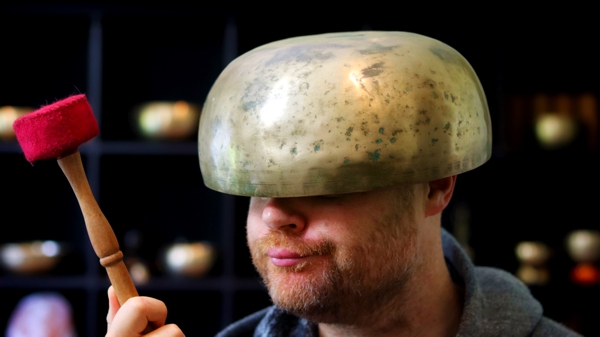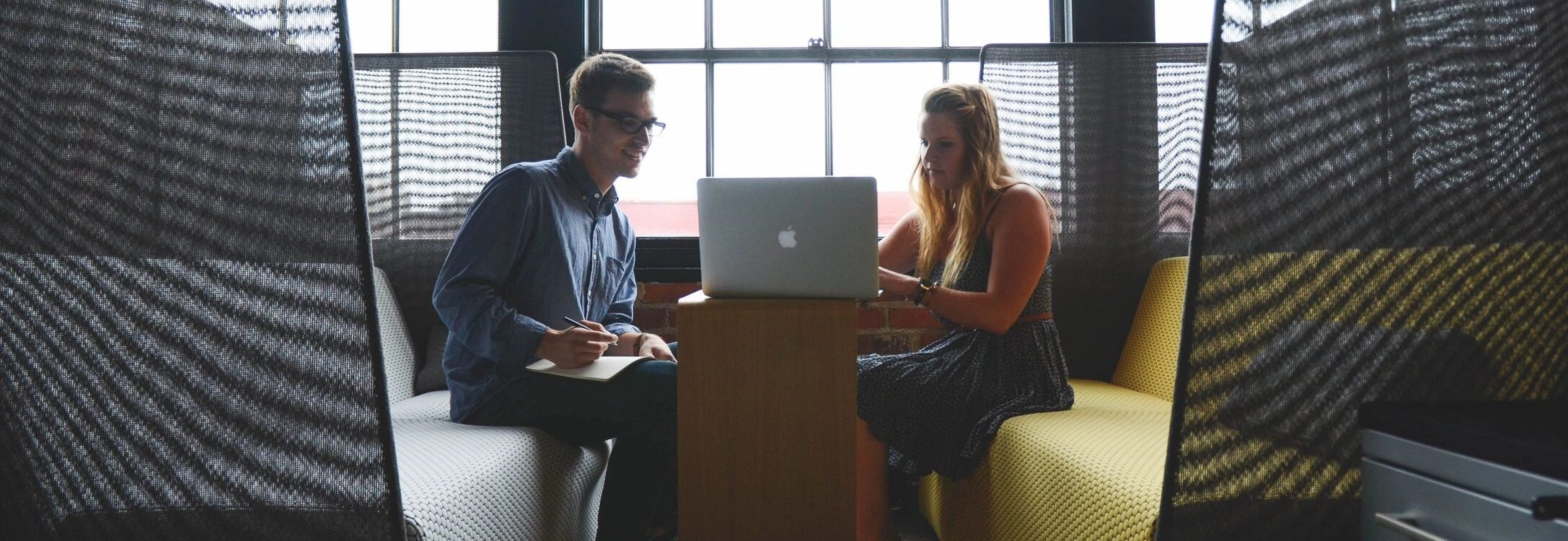

Publish Your Recording Responsibly to Prevent False Copyright Claims

I’m not known for being the most serious guy. . .but this is a serious subject!
If you have created (or if you plan to create) a spoken-word recording that uses royalty free background music, then this is essential reading. Without proper care, your recordings may cause other people’s recordings to be affected by false copyright claims.
How this happens is best explained with an example.
Naomi’s Recording
Naomi created a hypnosis recording with music from Enlightened Audio and published her recording on YouTube. It’s getting loads of views and earning her some revenue too!


Mark’s Recording
Mark created a guided meditation that uses the same background music that Naomi used in her recording.
Naomi’s and Mark’s recordings are completely different. . .
. . .but the background music sounds the same!
Mark published his recording on Spotify. To do this, he used a music distributor. There are many music distributors to choose from and here are just a few of them:
- CD Baby
- Tunecore
- INgrooves Music
- Warner Music Group
If you wish to release your own recordings on platforms like Spotify and Apple Music, then you will need to use a distributor too.
Here’s where problems can start…
Some distributors try to protect your copyrights by scanning YouTube to find videos that have used your recording without permission.
This scanning service is called “Content ID Matching”.
Content ID Matching on YouTube is performed by a computer algorithm, not a real person. As a result, it often makes mistakes! Here’s why…
Mark’s distributor scans YouTube and discovers Naomi’s video. It listens closely and notices that some parts of Naomi’s video sound the same as Mark’s recording. Even though Mark and Naomi’s recordings are different, the scan only takes notice of those parts that match – the parts between speaking where the same background music can be heard.
The distributor incorrectly assumes that Naomi’s video is infringing on Mark’s copyright. It then does the following:
- Places ads on Naomi’s video in order to earn revenue for Mark.
- Initiates a Copyright Claim that may result in Naomi’s video being removed from YouTube if she does not respond.
This is an inconvenience for poor Naomi, who has done nothing wrong. The Copyright Claim is incorrect, and yet she must now dispute the claim through YouTube and wait for the distributor to respond.
In the meantime, Mark is oblivious to the fact that this is happening. Neither his distributor nor YouTube notify him.
If Content ID Matching is so flawed, why does anyone use it?
Content ID Matching is useful for musicians who have released original music. It may help them discover genuine instances of copyright infringement.
But Content ID Matching should NEVER be used to protect spoken-word recordings that use royalty free background music. This is because royalty free background music is “non-exclusive” music, meaning that it can be used by multiple people.
How this problem MULTIPLIES
There may be many YouTube videos that feature the same background music that Mark has used. Mark’s distributor may burden them all with incorrect Copyright Claims, potentially inconveniencing hundreds, perhaps even thousands of people over time.
Ouch!
Please don’t be like Mark. . .

What to do if you are in Naomi’s situation
I recommend that you read the following article, which explains (a) how to remove the false copyright claim, and (b) how to ensure it never comes back.
https://enlightenedaudio.com/how-resolve-youtube-copyright-notifications
What to do if you are in Mark’s situation
If you have published a recording through a distributor, please check with your distributor to see if they are conducting Content ID Matching for you. If they are, please ensure that this service is disabled for your recordings.
IMPORTANT – Your distributor might be performing Content ID Matching on your behalf without your knowledge, so be sure to check!
Many distributors conduct Content ID Matching as part of a service called “Sync Licensing” or “Rights Management” and you may have inadvertently signed up for these services when you first provided a recording to your distributor. People make this mistake quite often!
What to do if you have not yet published a recording
If you have not yet published any recordings, then simply keep this article in mind for future reference. When you do release your recordings through a distributor, make sure you decline any offers of Sync Licensing or Content ID Matching. I also recommend that you contact your distributor directly and make sure that they will not conduct any Content ID Matching for your recordings. You only ever need to do this once.
This principle applies to ALL recordings that use royalty free background music.
Content ID Matching is a problem that can affect recordings that use royalty free music from ANY source, not just Enlightened Audio.
And Finally. . .
PLEASE PLEASE PLEASE share this article with everyone you know, who has created a spoken word recording. Only a small percentage of people are aware of the problems their recordings can cause as a result of Content ID Matching. By sharing this article, you will provide much needed education to your friends and colleagues.
Thank you!
Christopher Lloyd Clarke
Composer and Director of Enlightened Audio



